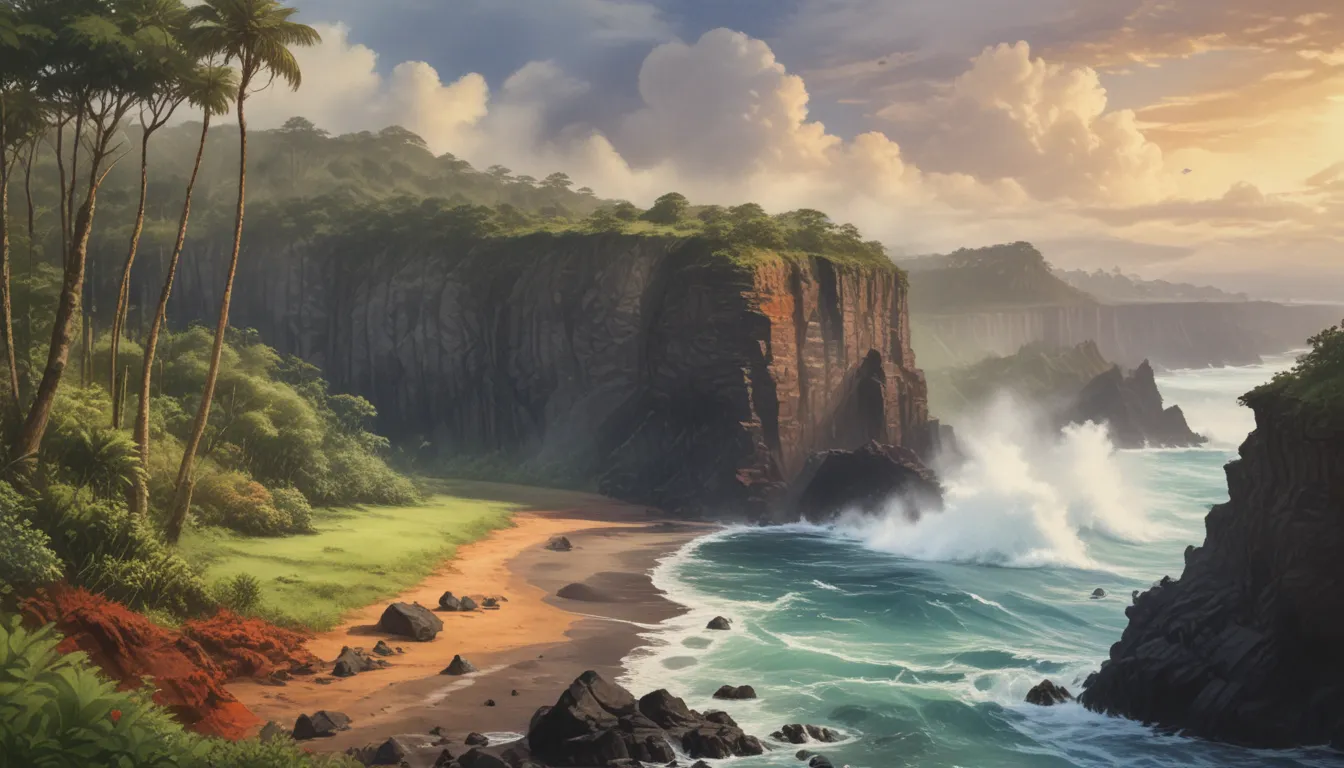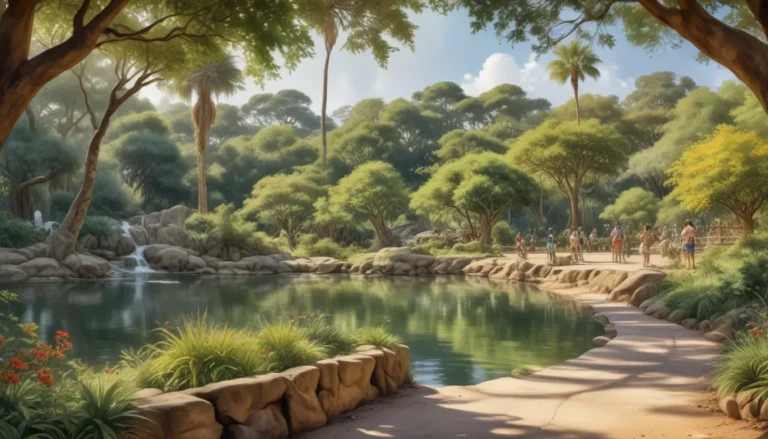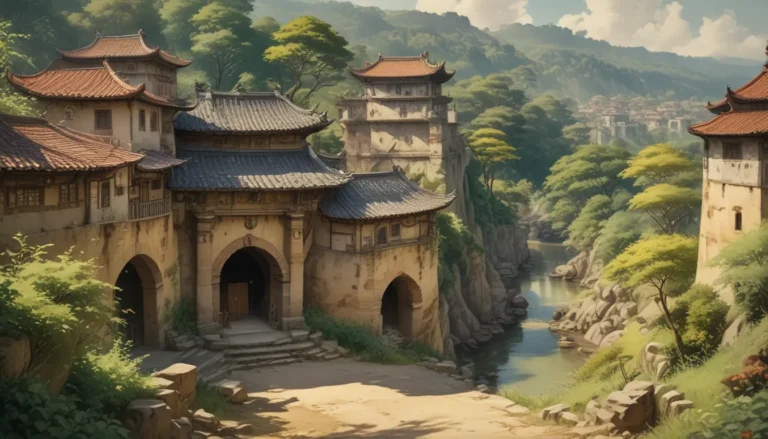The images in our articles are for illustrative purposes only and may not exactly match the content. They are intended to capture your interest and complement the text, not to replace it.
Welcome to the enchanting world of Kilauea, a magnificent volcanic wonder nestled on the island of Hawaii. This captivating and dynamic landmark has mesmerized scientists and visitors alike with its ongoing eruptions and rich geological history. Join us as we embark on a journey to uncover 19 fascinating facts about Kilauea, shedding light on its awe-inspiring characteristics and the impact it has had on the surrounding environment. From explosive eruptions to the formation of new land, Kilauea’s story is a testament to resilience and transformation, showcasing the sheer power and beauty of nature.
Understanding Kilauea: A Force of Nature
- Kilauea, located on the Big Island of Hawaii, is considered one of the most active volcanoes on Earth, continuously erupting since 1983.
- The name “Kilauea” translates to “spewing” or “much spreading” in the Hawaiian language, reflecting the volcano’s ongoing eruptions and extensive lava flows.
- The summit caldera of Kilauea, known as Halema’uma’u, is a massive crater that serves as the epicenter of the volcano’s volcanic activity, often associated with Pele, the Hawaiian goddess of fire and volcanoes.
A Legacy of Eruptions: Unraveling Kilauea’s Story
- Kilauea’s current eruption began on January 3, 1983, leading to a constantly evolving landscape with lava flows shaping new land and transforming the island.
- The volcano has maintained its eruptive activity for over 38 years, providing scientists with valuable research opportunities to study volcanic processes and environmental interactions.
- The intense heat of Kilauea’s lava flows, reaching temperatures of around 2,120 degrees Fahrenheit, poses a significant danger with fast-moving flows that can impact nearby structures and communities.
Impact and Transformation: The Legacy of Kilauea
- Kilauea’s eruptions have had a profound impact on the island of Hawaii, destroying homes, roads, and structures, altering the lives of local inhabitants.
- Despite the destructive nature of the lava flows, Kilauea has also created over 500 acres of new land, expanding the coastline and reshaping the geography of the region.
- The volcano’s summit caldera has undergone dramatic changes during recent eruptions, including the collapse of the caldera floor and the formation of an active lava lake.
A Landmark of Significance: Kilauea in Hawaii Volcanoes National Park
- Kilauea is a prominent feature of the Hawaii Volcanoes National Park, where visitors can witness the awe-inspiring power of the volcano and learn about its geological and cultural importance.
- The diverse geological formations shaped by Kilauea’s eruptions, such as lava tubes, cinder cones, and volcanic craters, highlight the profound impact of the volcano on the island’s terrain.
- The volcano’s activity has inspired awe and reverence among the Hawaiian people, with Pele, the goddess of fire and volcanoes, revered as a powerful presence connected to Kilauea’s eruptions.
The Spirit of Exploration: Kilauea’s Influence Worldwide
- Kilauea’s ongoing eruptions serve as a beacon for tourists and researchers from around the world, seeking to witness and study the dynamic nature of volcanic activity.
- The formation of vog, or volcanic smog, from Kilauea’s eruptions highlights the impact of volcanic gases on air quality and the health of communities downwind of the volcano.
- The ever-changing landscape of Kilauea continues to inspire wonder and appreciation for the Earth’s natural processes, emphasizing the dynamic and evolving nature of our planet.
Embracing Nature’s Power: Kilauea’s Enduring Presence
Kilauea is a testament to the raw power and resilience of nature, captivating visitors with its fiery eruptions and transformative landscapes. Whether you’re a nature enthusiast or an adventure seeker, Kilauea offers an unforgettable experience that showcases the dynamic and ever-changing world we inhabit. Let the spirit of Kilauea ignite your curiosity and appreciation for the remarkable forces of nature that shape our planet.
FAQs: Unveiling the Mysteries of Kilauea
-
What makes Kilauea one of the most active volcanoes in the world?
Kilauea’s high level of activity is attributed to its location on the Pacific Ring of Fire, where tectonic plate movements result in frequent volcanic eruptions. Its unique geological structure contributes to its continuous activity, making it a hotspot for volcanic research and observation. -
Is it safe to visit Kilauea?
While Kilauea’s eruptions and volcanic activity pose potential risks, visiting the volcano can be safe with proper guidance and adherence to park regulations. Stay informed about current volcanic conditions and follow the guidance of park rangers for a safe and enjoyable visit to this remarkable natural wonder.
Join us in exploring the wonders of Kilauea, a testament to the Earth’s geological dynamism and the profound impact of volcanic processes on our world. Experience the magic of this natural wonder and let its enduring presence inspire awe and wonder in your heart. Kilauea beckons you to witness its power and resilience, inviting you to connect with the raw beauty of nature in all its glory. Explore, learn, and be captivated by the enchanting allure of Kilauea, a beacon of transformation and discovery in the heart of Hawaii’s volcanic landscape.






